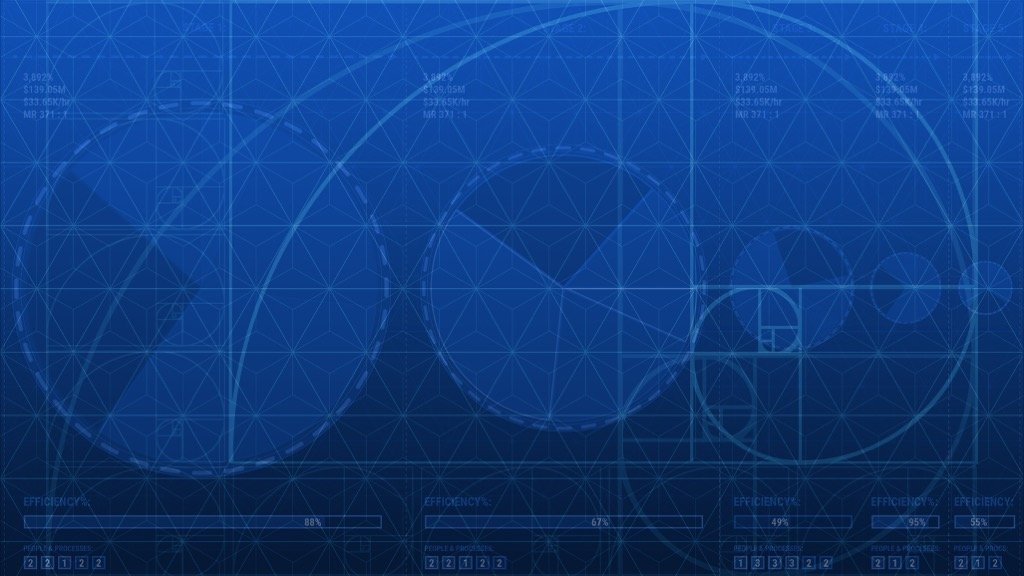
People build roads to reduce the energy costs of moving objects across distances. This is because time costs energy.
Planetary energy structures.

I first noticed that the spacing between buildings in 1993. The distance between buildings that house messengers who travel on foot is the distance a sixteen year old boy can run in one day - considering elevation, temperature, terrain, and water resources. This is the optimal unit of work (a runner-day) for transmitting information by foot. This demonstrates the idea that people who design empires understand that time is honey.
2007: I’ve walked on ancient roads and trails for thousands of miles to see if I could learn how the ancient architects scaled their empires. All road systems are designed around the idea that “time is honey” because it costs energy to move information.
In order to understand business systems, it is important to understand why money exists. Money was created to store and exchange work as a way to preserve food forever.
The architect of the Inca empire collected solar energy in the form of grain. This energy was created by growing food in terraces for optimal use of space. It was stored in silos in defensible locations. I walked on these ancient roads and noted the distances between the structures. Photo by D. Gordon E. Robertson - Own work, CC BY-SA 3.0, https://commons.wikimedia.org/w/index.php?curid=29995153
The Roman road system was designed to minimize the amount of food needed to provision a mobile army. The architects of the Roman empire understood that straight roads were a huge advantage. Since this empire was based on the the geometry of the Greeks, it was possible to utilize the arch to build bridges over water and valleys. Straight roads conserve energy and this optimization results in more energy for conquest and expansion.
My decisions are based on doing work to maximize my perception of worth vs my perception of value. Leaders inspire, motivate, and manipulate people into trading time, effort, and risk in order to survive. This is the exchange of perception of value vs perception of worth. People who feel inspired agree to work for free. Most people require motivation in the form of money to work. Some people are manipulated into doing work. A manipulation is an agreement to do work in order to avoid a negative outcome. People who design systems that create value use inspiration, motivation, and manipulation to gather energy from their habitat.
Before money was created, people who understood human behavior organized workers to stack rocks in the most efficient shape—a pyramid. The organizers inspired the workers with stories and motivated them with food. Money was invented to tokenize the amount of work it cost (time, food, and risk) to dig gold out of the ground in the localized regions in the world. After gold was used as a currency, the organizers convinced the workers to stack money in their banks.
People build machines to capture energy in ways that do not require human work. Wind turbines convert the motion of the wind into electrical energy. Wind energy is created by the sun.
Living things build batteries to store energy. Bees build honeycomb to store energy. People build many types of batteries: pumped hydro, lithium ion batteries, flywheels, banks to store money, and many more. All of these structures store energy that originated in atoms in the sun.
I noticed that the spacing between the shelters on the Inca Trail was optimal. This inspired me to think about business systems in terms of minimizing the distance an email travels between job functions. This enabled me to optimize communication systems.
The pyramid builders are pouring water on the sand in front of their sleds. This reduced the energy cost (calories) of moving rocks over long distances.
This is a rock from Mars and a rock from the Moon. I traded money for these objects. I sent the moon rock back to space, so it is the only piece of the moon to fall from space twice. I did this to create a unique story to launch an eco-project.
